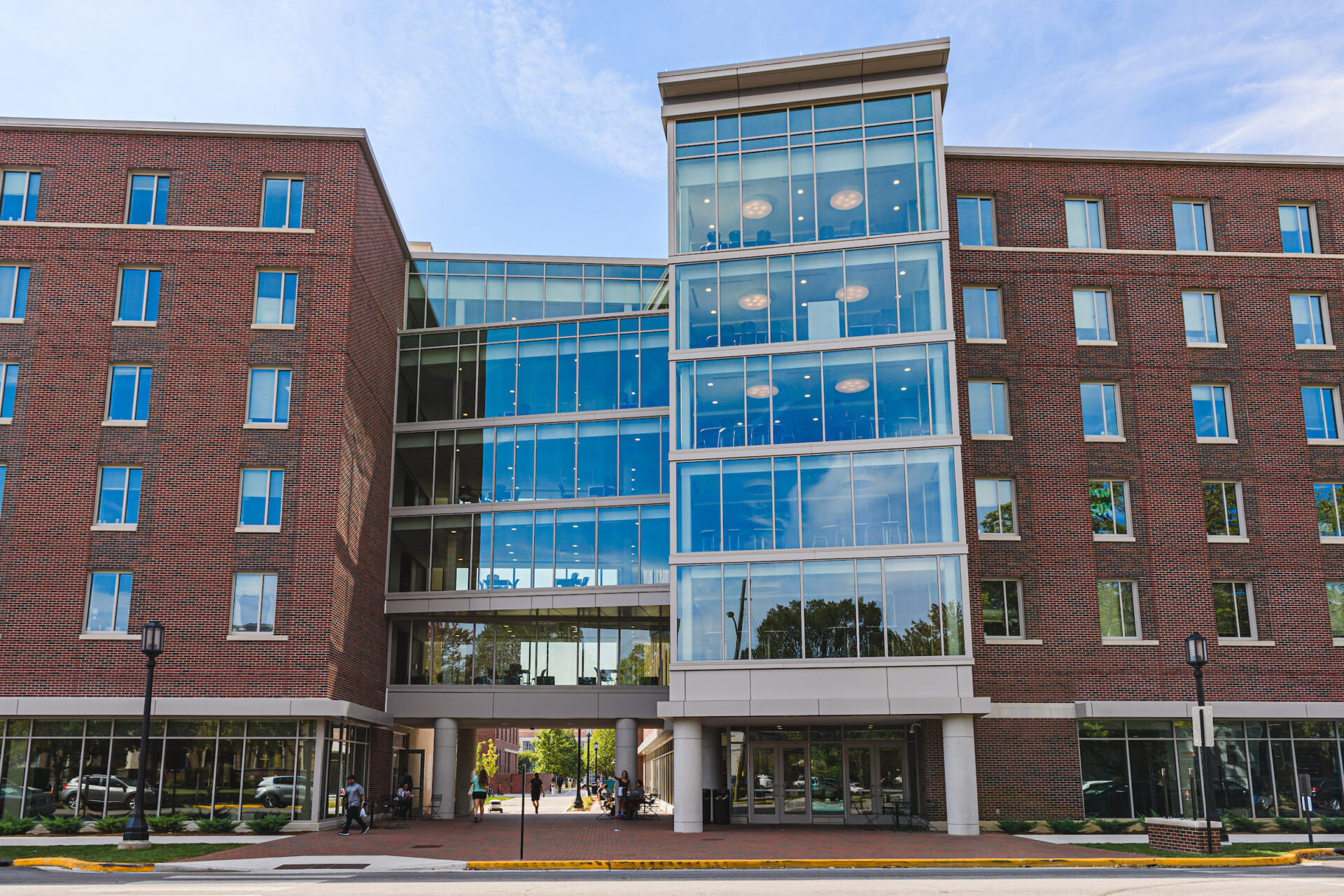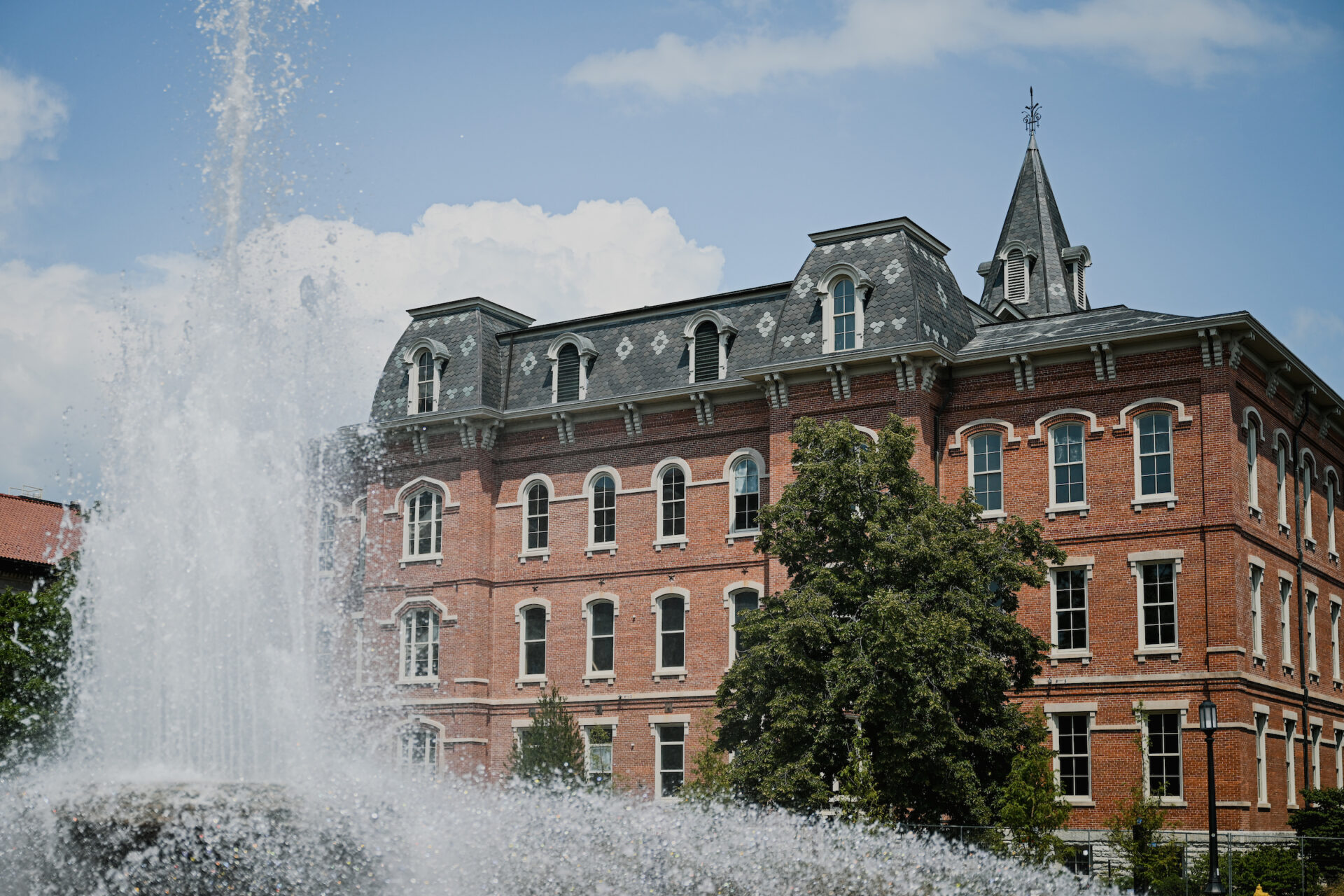Capital Asset Management’s services include the development and verification of preliminary construction scopes and budgets, construction administration, and project management for small public works and capital program projects. Capital Asset Management staff members are the liaisons between the client and service providers; act as technical and clerical resources; and manage project scope, schedule and budget.
This team also serves as gatekeepers for managing the inflow of construction project and planning study requests in the SAP Portfolio and Project Management (SAP-PPM) system and coordinates the university’s annual capital planning process.
Departments

Capital Project Delivery

As a department of Administrative Operations, We Power Purdue.


